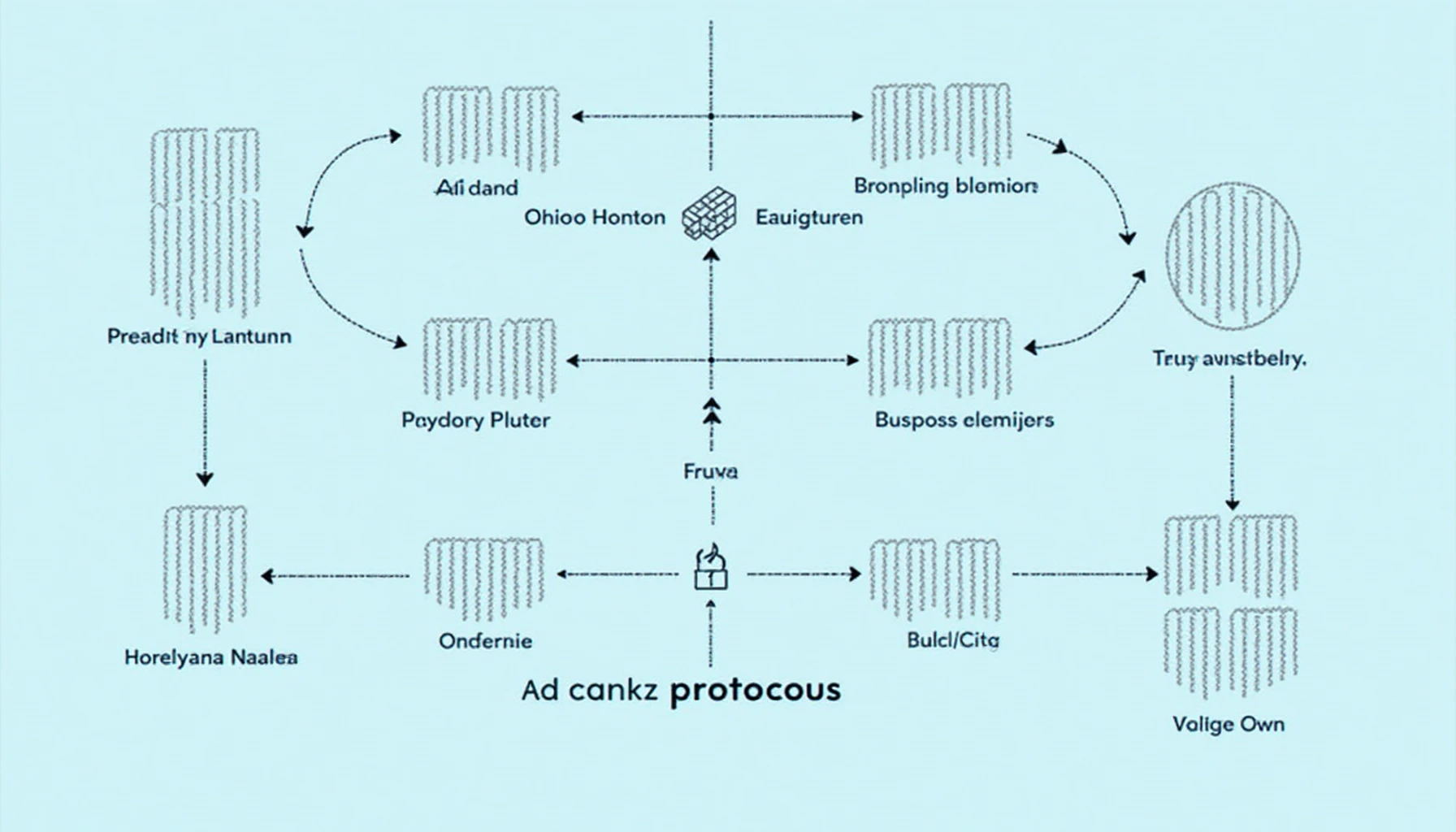Introduction
Have you ever wondered why certain cryptocurrencies seamlessly interact while others don’t? According to a study by Chainalysis, over 70% of developers believe interoperability is a key factor for the growth of digital currency adoption. Designing interoperable protocols can unlock the potential of decentralized finance (DeFi) and enhance user experience.
Understanding Interoperable Protocols
Interoperability refers to the ability of different blockchain networks to communicate with each other. Think of it like different social media platforms allowing seamless posting across each site. In the realm of digital currencies, this means that assets can move freely, and smart contracts can function across blockchains.
Key Benefits of Interoperability
- Enhanced Liquidity: By allowing assets to move across platforms, liquidity increases, which could lead to better prices for buyers and sellers.
- Streamlined Transactions: Reduce the complexity of managing multiple wallets, thereby providing a better user experience.
- Robust Ecosystem: Foster an environment where various blockchain projects can collaborate and innovate.
Steps to Design Interoperable Protocols
Designing effective interoperable protocols involves several critical steps:

1. Set Clear Objectives
What do you want to achieve? Ensure that your goals align with the needs of the user community. For example, if your focus is on cross-chain asset transfers, define the speed and security parameters upfront.
2. Leverage Existing Standards
Utilize existing standards like Interledger Protocol (ILP) or Cross-Chain Communication (XCC) to allow easier adoption and compatibility.
3. Incorporate Security Measures
Implement strong encryption protocols to protect user data. According to Cybersecurity Ventures, cyberattacks on blockchain networks are projected to increase by 75% in 2025. Safeguards such as multi-signature wallets can significantly mitigate risks.
4. Engage the Community
Last but not least, engage with the community for feedback. Hosting hackathons can spark innovation and uncover potential flaws before launch.
Testing the Protocol
Once the protocol is designed, conduct extensive testing. Simulation models can demonstrate how the protocol performs under various conditions. It’s akin to how a chef would test a new recipe before serving it to customers.
Real-World Applications: The rise of cross-chain DeFi platforms such as Polkadot and Cosmos illustrates the practical benefits of interoperability.
Conclusion: Start Your Journey
Interoperable protocols are the foundation for a thriving cryptocurrency ecosystem. By integrating these principles into your development process, you can help to shape the future of digital currency. Ready to revolutionize your project? Start brainstorming today! For more insights on effective cryptocurrency strategies, check out our articles on crypto storage and decentralized exchanges.
